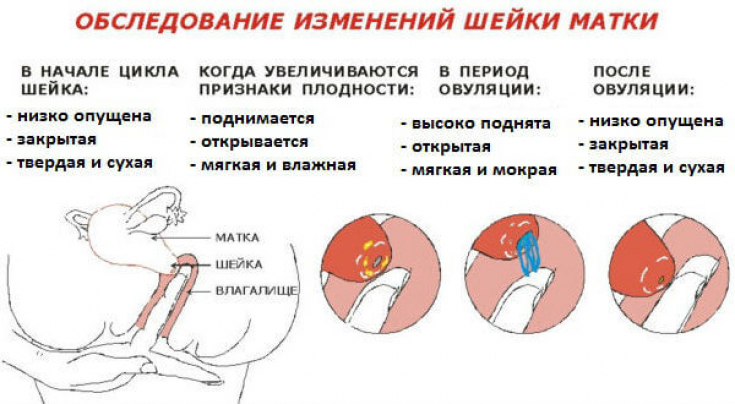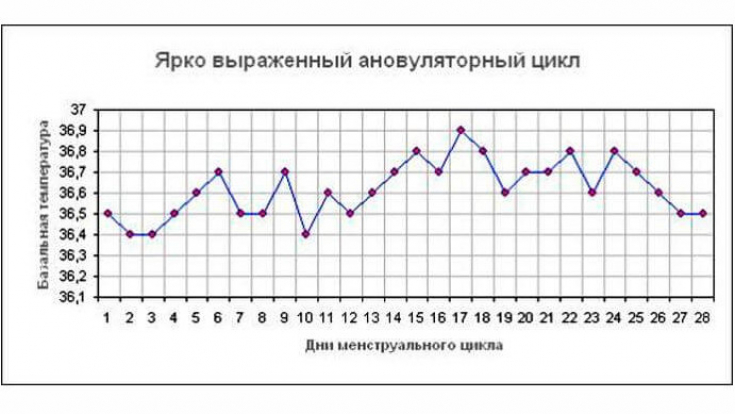Anovulatory Cycle – a menstrual cycle that is not associated with ovulation and proceeds without the formation of a corpus luteum. The cells of the intrauterine mucosa grow, but the secretion phase does not occur. This state of the body occasionally occurs in absolutely healthy women. Pathology can be suspected if there are complaints of infertility or uterine bleeding. Read on estet-portal.com why anovulatory cycles occur, what clinical picture accompanies them, and how to treat the pathology effectively.
- The main causes of anovulatory cycles
- Anovulatory cycle: main manifestations
- Modern methods of diagnosis and treatment of anovulatory cycleа
The main causes of anovulatory cycles
There are 2 types of anovulatory cycles: physiological and pathological. The first type is not a serious pathology and appears only during age-related or serious hormonal changes, for example, during menopause, pregnancy, rapid puberty or lactation.
The situation changes with pathological type, when anovulatory cycles become a systematic phenomenon, which often leads to anovulatory infertility.
Anovulatory cycles may be accompanied by frequent and massive uterine bleeding.
The root causes of the lack of ovulation are:
- certain ovarian diseases (dysfunctional disorders, polycystic);
- anomalies of sexual development;
- genetic disorders;
- menopause;
- prolonged endometritis;
- hypersecretion of prolactin or testosterone, etc.
Temporary failures of ovulation can occur when the climate changes, during serious illnesses or extensive abdominal operations, irregular physical exertion, with a sharp loss or gain in weight, prolonged use of hormonal contraceptive medications.
What you need to know about the first EC procedureO
Anovulatory cycle: main manifestations
Sometimes it is not possible to detect differences from a normal cycle. But most often the first symptom of an anovulatory cycle is delayed menstruation (from 3-4 days to several months). Bloody discharge is scanty or profuse, not accompanied by pain. Basal temperature and vaginal discharge do not change throughout the entire menstrual cycle.
The main clinical sign of anovulatory cycles – problems conceiving.

Profuse uterine bleeding during anovulatory cycle depends on the level of estrogen in the blood. With hyperestrogenism, the discharge is plentiful, and during vaginal examination, an enlarged uterus of a dense consistency can be detected, as well as softening of the cervix, and opening of the internal pharynx. With hypoestrogenism, the picture is different:
- menstruation shortened, scanty;
- internal os closed;
- Uterus is smaller than normal;
- conical neck, elongated;
- Vagina is narrow.
Thus, it is important to understand that hormonal correction is essential for the treatment of anovulatory cycles.
Read the latest articles in Telegram
Modern methods of diagnosis and treatment of anovulatory cycle
Diagnosis of the anovulatory cycle begins with an ultrasound of the pelvic organs. Assign measurement in the morning immediately after waking up t temperature in the rectum and laboratory blood tests for hormones.

Anovulatory cycle detected at the stage of bleeding? Then hormonal correction is necessary, carried out according to various schemes, depending on estrogen saturation. If the patient is planning a pregnancy in the near future, then medications that stimulate ovulation are indicated.
Physiotherapy brings good results, especially such procedures:
- electrical stimulation of the cervix;
- Spa treatment with mud applications;
- exercises to activate blood circulation in the reproductive organs and small pelvis;
- specialized gynecological massage.
Preservation of reproductive function in gynecological pathology







Add a comment